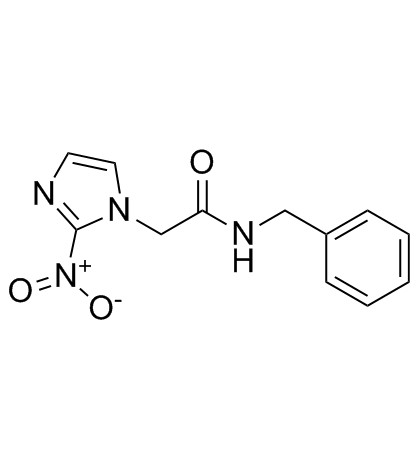| 结构式 | 名称/CAS号 | 全部文献 |
|---|---|---|
 |
硝呋替莫
CAS:23256-30-6 |
|
 |
苄硝唑
CAS:22994-85-0 |
| 结构式 | 名称/CAS号 | 全部文献 |
|---|---|---|
 |
硝呋替莫
CAS:23256-30-6 |
|
 |
苄硝唑
CAS:22994-85-0 |